Before we get started, picture this: you’re standing in a picturesque garden, the golden rays of the setting sun are casting a warm, enchanting glow over the scene. This is the perfect moment to take a picture! You raise your camera to frame the perfect shot. But when you review the picture later, the colors look strangely cold and lifeless. Frustration sets in as you wonder, ‘What went wrong?’ The culprit? White balance! Understanding white balance will help you improve your photos!
What is White Balance?
Our eyes have this amazing ability to detect true colors or adapt to the surrounding colors regardless if we are inside a building with florescent light or outside on a cool evening.
Cameras, on the other hand, do not have that natural ability to do this and depending on where you are when you take a photo, may not be able to capture the same image that you are seeing.
White balance is the adjustment of those color tones in a photograph to ensure that white objects appear truly white, regardless of the lighting conditions.
Basically, white balance ensures the colors in your photos remain faithful to reality. It makes your images visually pleasing and true to life!
Understanding Color Temperatures
OK so now that we have a basic grasp of what white balance is, lets dive a bit deeper into how the camera works when it’s taking these photos.
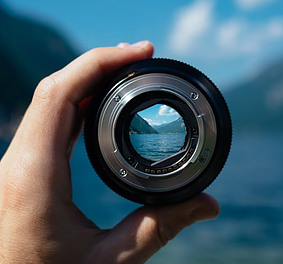
Colors give off a different temperature depending on where it’s coming from. And all of these temperatures are measured on what’s called the “Kelvin” scale. And it has a numeric value attached to it followed by a “K.”
I know what you’re thinking, “There are so many types of settings.” And there are a few but unlike shutter speed or aperture, this one applies to the color specifically.
For example, warmer type of lighting would be a candle or a tungsten light. This type of lighting would be on the lower end of the scale giving off a reddish color. On your camera it would be marked in the 2000K to 3000K range.
Then there’s the mid-range colors such as mid-day/noonish temps, which typically falls in the range of 5500K to 6500K, is considered a neutral light source, often used as a reference point for white balance.
And lastly, there’s the cooler color range. This type of color would be the cloudy day colors. You know, how when the clouds cover up the sun it gives off a more bluish color. The cooler colors fall into the 7500K range.
White Balance Settings.
On your camera you’ll see there are several settings for white balance. They might be something like this:
- A light bulb representing Tungsten (3200K)
- A long light representing Fluorescent (4000K)
- A sunlight representing Daylight (5600K)
- A squiggly down arrow representing a Flash (5500K)
- A cloud representing a Cloudy day (6000K)
- A house with some lines on the side representing a Shadow (7000K)
And of course there’s always the automatic white balance setting (usually marked as “AWB” on your camera). Depending on who you talk to, this may not be the best setting to use. Some photographers feel their camera is able to pick up the natural white or to balance out colors.
However, if the colors are off it can make the post-process a bit more complex than it needs to be. And remember we are trusting the camera that doesn’t have the eyes like we do!
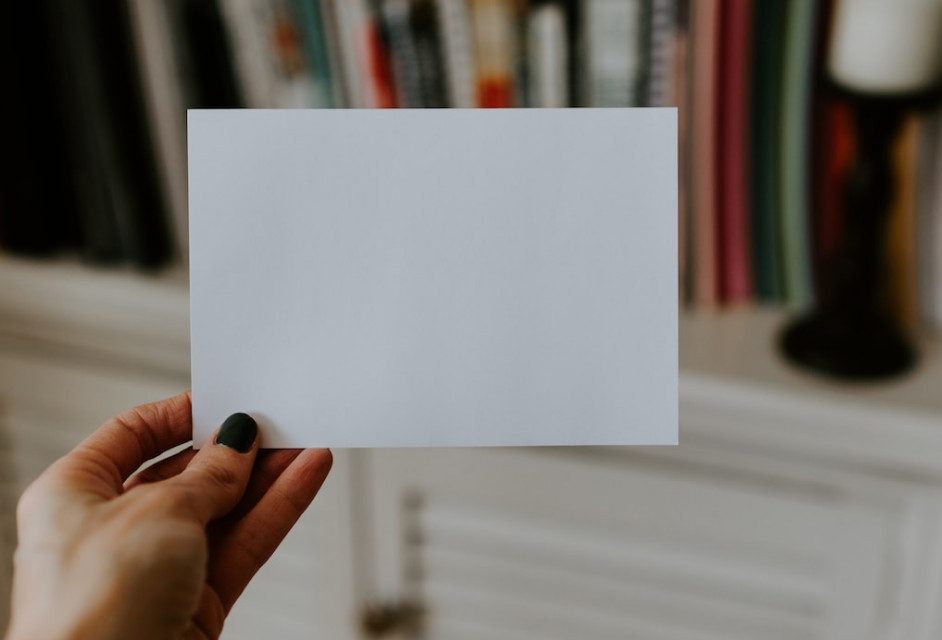
If you are starting out, I can see how the automatic setting can be helpful. However, I personally wouldn’t recommend keeping it that way. As you learn and progress through your photography journey, it’s recommended to either use the presets listed above or try out the customization mode.
With the customization function, you are able to calibrate your camera to the specific lighting conditions of your shooting environment.
If you’re going to use this technique, you’ll typically photograph a neutral gray or white reference card or surface under the same lighting as your subject. The camera will then analyze this reference image and adjusts the white balance accordingly for more accurate colors in your photos.
You also have the ability to manually adjust the Kelvin temperatures on your camera. By doing this, you have the ability to adjust the temperatures based off of where you are at and the type of environment you are shooting from.
White Balance Techniques.
One technique called “taking a white balance” is where you are shooting a subject under a tungsten light (for example) and you set your white balance to 3200K. This will make the Tungsten light appear as neutral or white, making the photo look more natural instead of the orange look it gives off.
What you are doing when you change the Kelvin temperature is you are balancing the colors so they appear white on camera.
The best part about adjusting the Kelvin temperatures for white balance on your camera is if you’re shooting solely inside, you can set your camera to something in the 4000K range instead of the preset of Tungsten to give it the more natural color. Or if you’re outside, you can adjust the temperatures in the higher Kelvin range that would match the creativity you have in your mind for that particular photo.
To Wrap Things Up…
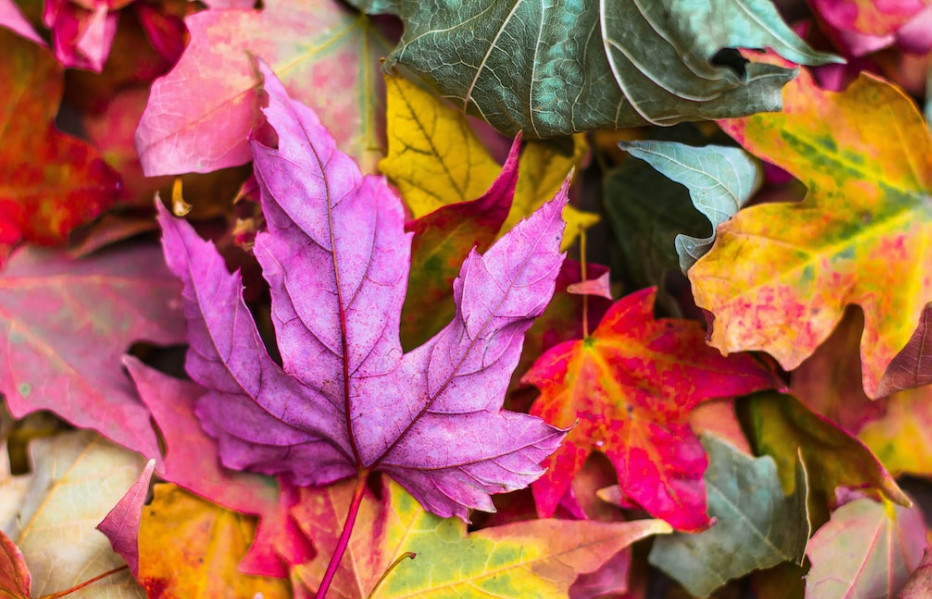
Basically, mastering white balance is your key to achieving true-to-life colors and visually compelling images. It’s the secret sauce that ensures your photos look just as vibrant and accurate as the scenes you are looking at.
By grasping the fundamentals of color temperature, exploring presets, and mastering manual adjustments, you will have all the necessary tools to elevate your photography game!
So, as you embark on your photographic journey, remember that understanding white balance is a skill that empowers you to tell your story authentically and naturally. Master white balance, and you’ll unlock the full potential of your creativity as a photographer!
And as always, please make sure to leave any comments or questions you have below in the comment section.

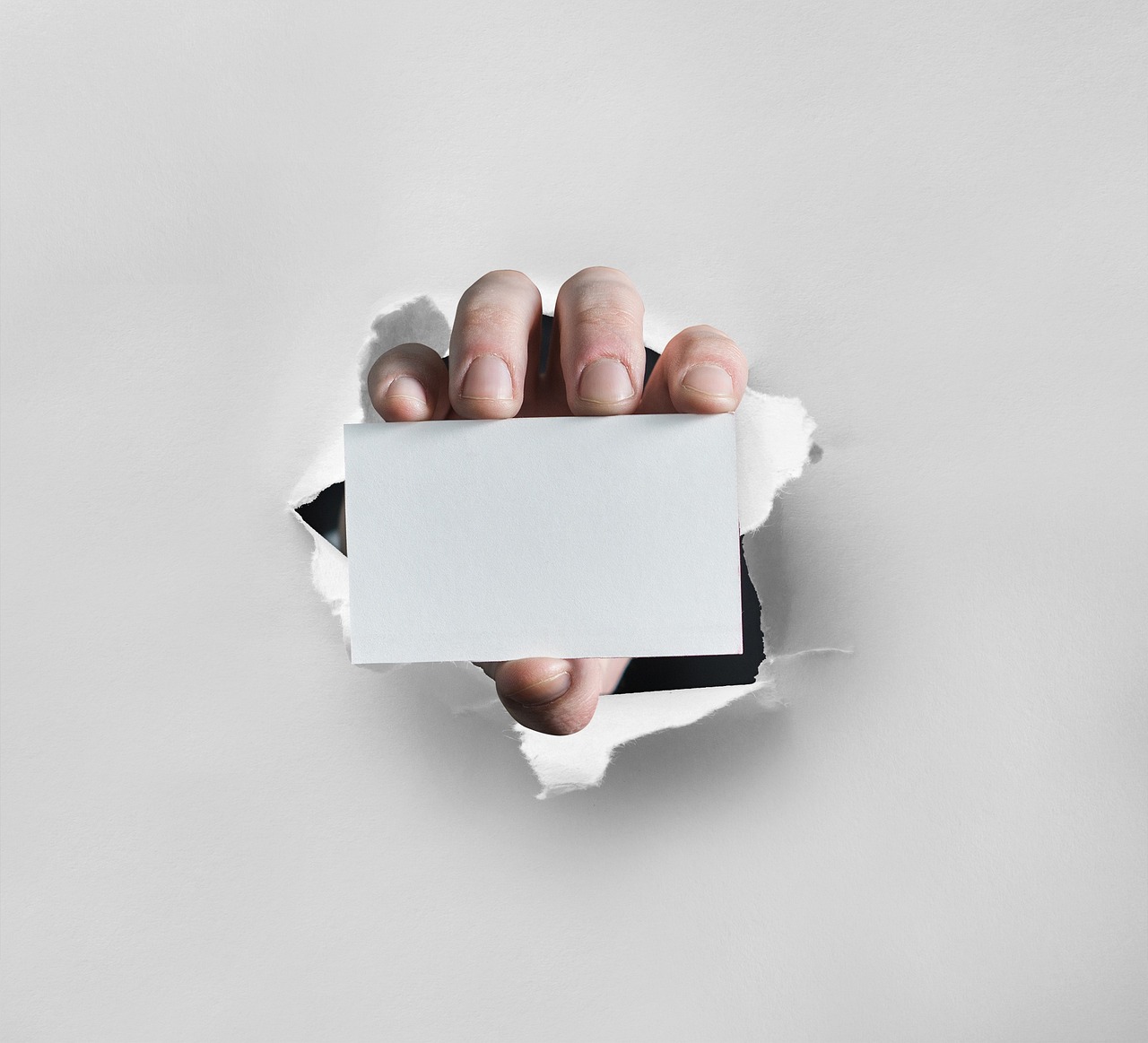
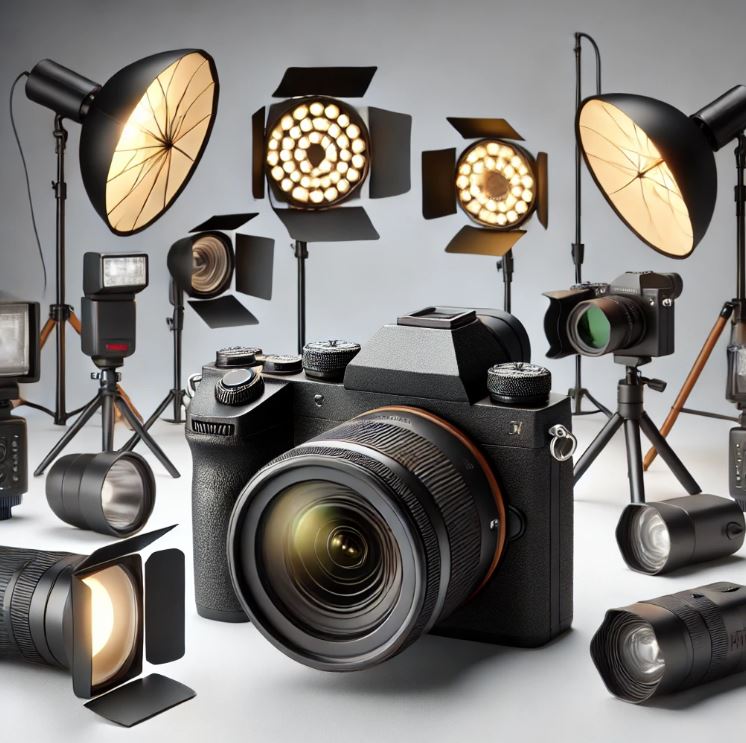
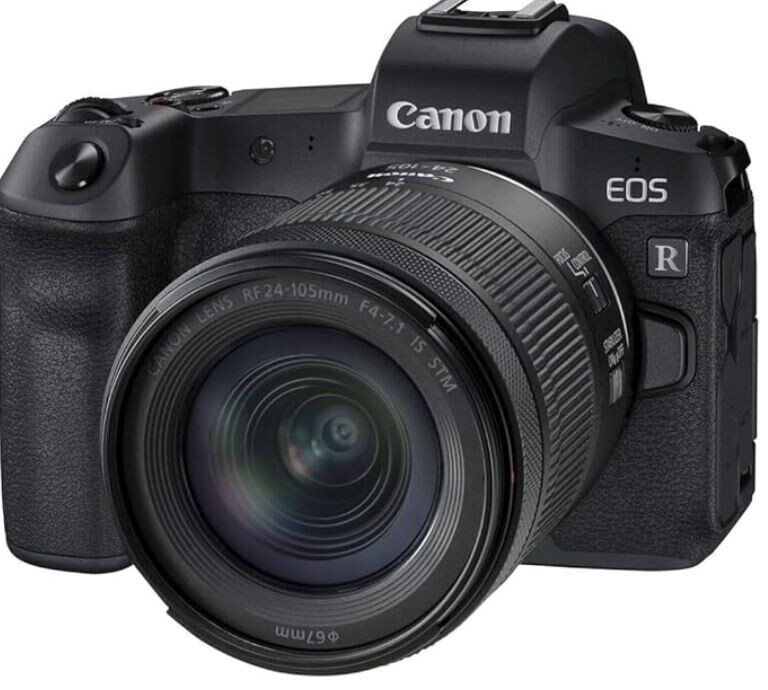
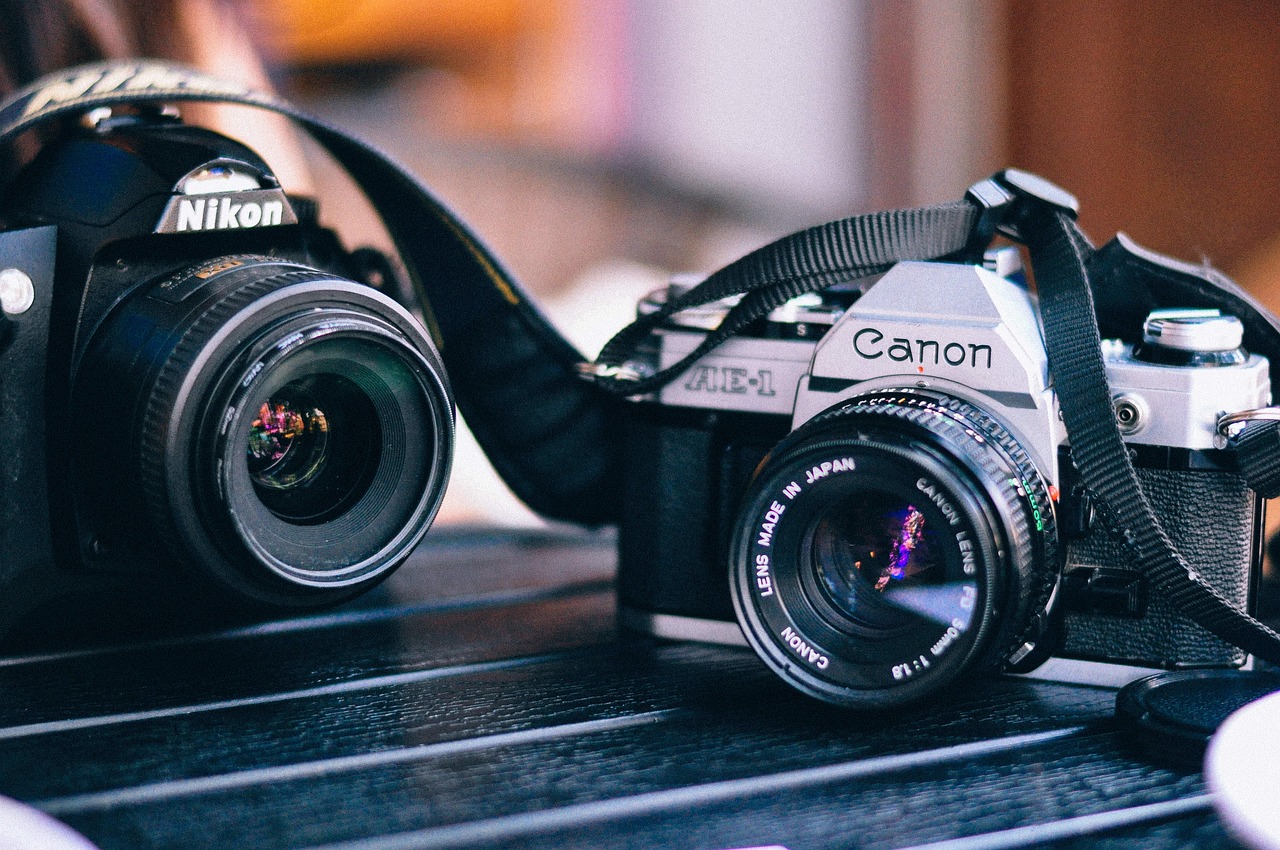
This was a very interesting topic! About 30 years, I was working with a high school yearbook crew as their teacher. We took and developed our own photos, but I really had no idea what I was doing. I was basically thrust into that position. I had not heard about the concept of white balance at that time. It just makes sense that the white needs to be correct if you wan tthe rest of the colors to be correct. I am going to use your post to help me take better photos. Thank you!
Thank you, Scott! I appreciate your response and am glad you found value in the information! It sounds like you have a shared interest in photography, too!
I’ve always known that white balance is crucial, but your explanation really clarified the technical aspects for me.
I particularly appreciated Kelvin’s breakdown of color temperatures; it’s a detail that often gets overlooked.
As someone who loves outdoor photography, I’m curious: Do you have any specific tips or techniques for manually adjusting Kelvin temperatures when shooting in varying outdoor conditions?
I’d like to know your thoughts. Thank you for sharing.
Thank you Eric for taking the time to read it! To answer your question, there are a lot of variables for shooting outdoors. It could be sunny or cloudy. I also feel like there’s the creative aspect of it, too. For myself, I wouldn’t want to shoot anything outdoors that is too low on the Kelvin scale. If it’s cloudy, I also think you can be creative with the look depending on what it is you’re shooting for. Is it a natural look or something different?
This topic is well beyond my level of comprehension. I can take a photo with my iPhone. That is the extent of my experience as a photographer. I will say this, you have laid out the definition of White Balance very throughly. The structure and delivery of your article is superb and very detailed. I wish I understood the topic a bit more to give you the technical analysis you requested.
Michael
Hey Michael! I appreciate your response and am glad the topic provided insight and information. Thank you for taking the time to read it!